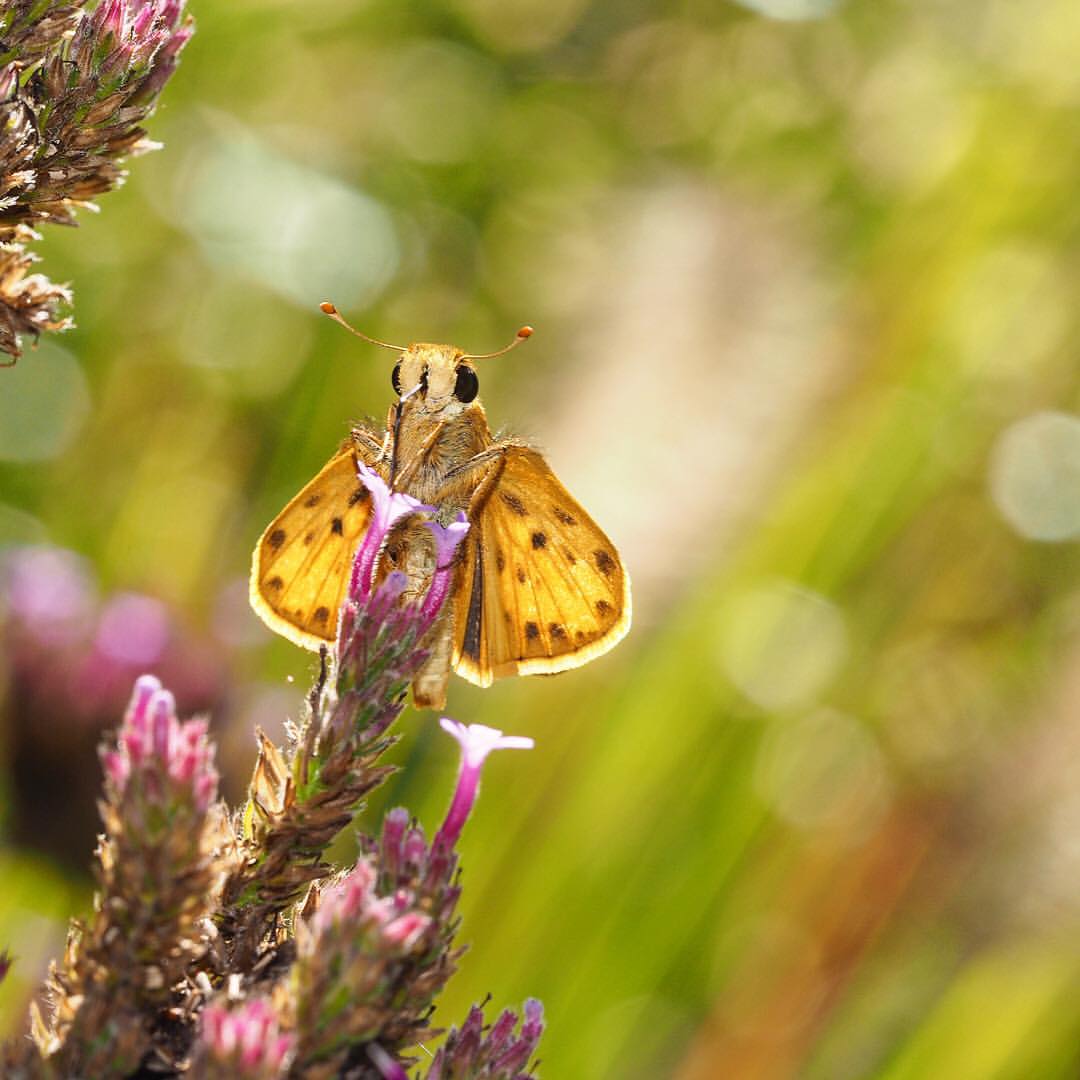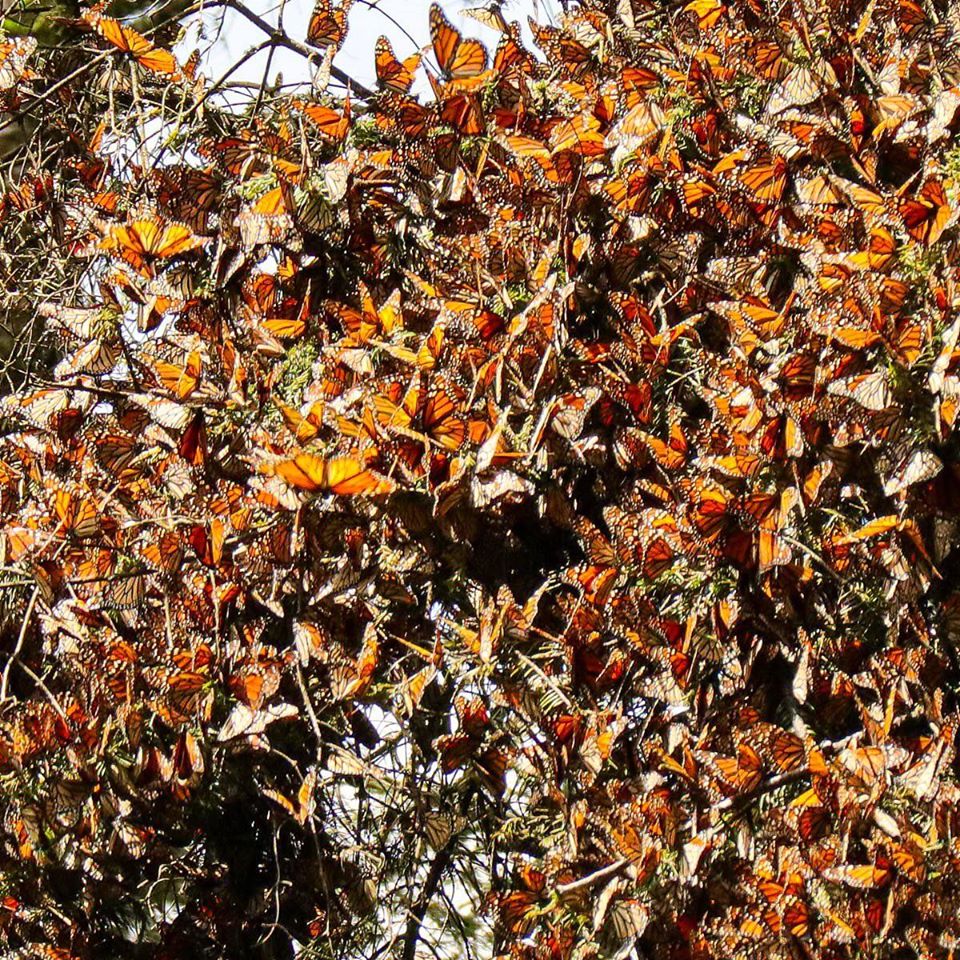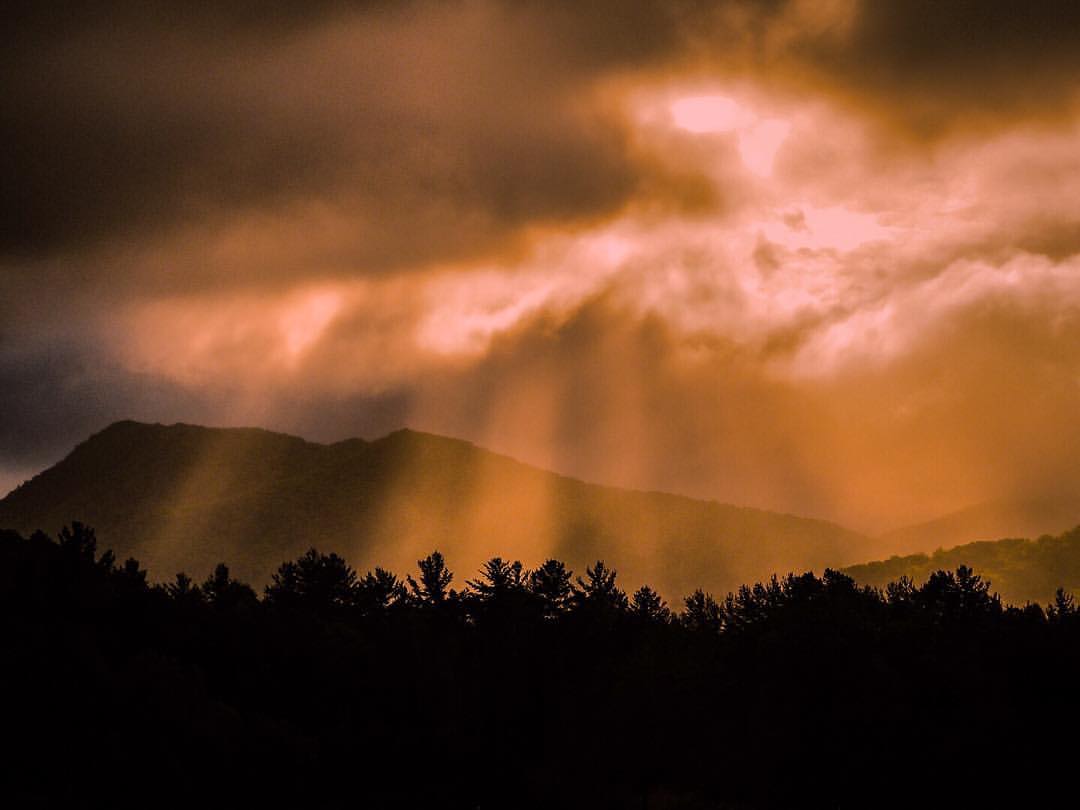
I have enjoyed watching ants since I can remember. When very young I was convinced I had trained ants to respond to my commands, a veritable ant whisperer. In my travels to the tropics studying primates I was captivated by the amazing habits of rainforest ants. Leafcutter ants gather vegetation to grow fungus they cultivate in their underground gardens. Army ants form complex columns cooperating in hunting and scavenging food. I spent hours watching army ants in Sierra Leone, where associated birds followed them and ate insects flushed up by the foraging ants, including my favorite bird of all time, the rockfowl.
Not all my ant interactions were positive. In Peru a swarm of army ants came through our camp in the middle of the night and decimated our supplies. We finally built a ring of fire around our camp to encourage them to move on. In Panama a bullet ant bit me. As suggested by the name, it is supposed to be equivalent to the pain of being shot, and for a day afterwards I had waves of extreme pain not only in my hand but also all the way up my arm.
While in graduate school at Harvard, I was intrigued by comments by one of the professors there, E.O. Wilson, on the biomass of ants in forests. He showed me a diagram he was working on for a book he was writing, with people and animals drawn to scale in terms of their actual relative weights by species. Though each ant is tiny, the drawing representing collective ants looked like something from a horror story, dwarfing everything else. They can be up to a quarter of the animal biomass of the habitats where they live.
They have spread over much of the globe, though not to Antarctica and a few remote or inhospitable islands. This may be the result of their ability to modify where they live, and their sophisticated societies which enable them not only to communicate among each other, but also with other species. Some believe they are the most successful species on the planet. With at least 12,000 species, and quite possibly at least that many not yet identified, they are an amazingly diverse group. In addition to their diversity, ants seem in general to have greater longevity than other insects. Although workers may only live 3 years or less, queens can live up to 30 years, which is around 100 times as long as similar sized insects. It is good to be the queen, if you are an ant.
Years ago when my work focused on recording nature, I taped their sounds which are only apparent with tiny microphones. Around the world and even in my own yard, I found that ants communicated by stridulating, rubbing together two body parts in much the same way as the well known sounds of crickets, though at a much lower volume. I was interviewed in NY for a television program in which I described my nature sound recordings, complete with a demonstration of me recording ants.
In order to gather food, worker ants leave a trail of pheromones, molecules with special scents to tell other ants what they have found, and where. Other ants then follow this trail in search of food. Anyone who has ever had a picnic has seen this phenomenon of ants converging on the food, followed quickly by long lines of ants going to and fro gathering more help from the colony. They continue to lay down scent trails until the food is gone.
The antennae of ants are used to communicate in much the same way we talk. The last two joints of the antenna allow them to bend like our elbows. They are always moving them, gathering information from each other and the environment. There are four kinds of olfactory receptors on the antennae, which help to communicate by pheromones, in addition to their use to smell and touch. Research published just this past week identified chemosensory proteins that help ants communicate via their antennae, with a focus on their genetic expression. The ratios of hydrocarbons provide ants with information on whether they share a nest, their caste position, and how to do tasks.
In this photo, I shot with the very specialized Nanoha macro lens that has virtually no working distance. It comes with a housing including LED lights, and I took this photo with the camera and lens pressed up against a leaf, with the ants literally inside the makeshift mini studio. Since the magnification is 5 times larger than life, the depth of field is incredibly narrow. I focused on the eye of the closest ant, but you can see the blur of antennae as the two ants have a conversation with them. That is conversation, ant style.



